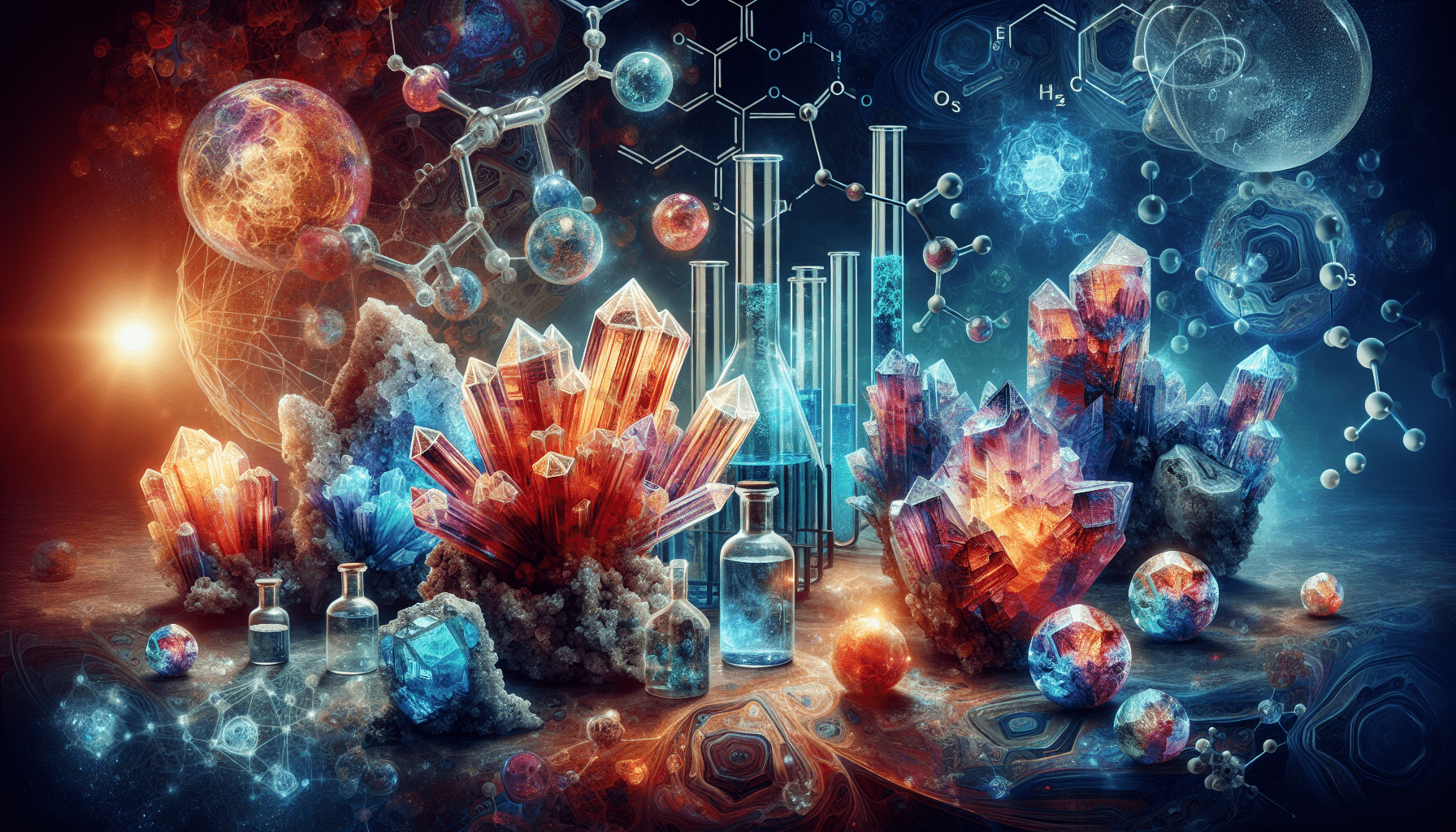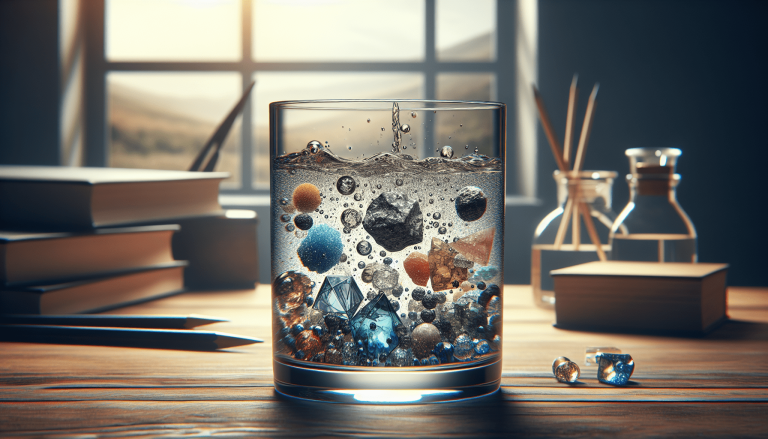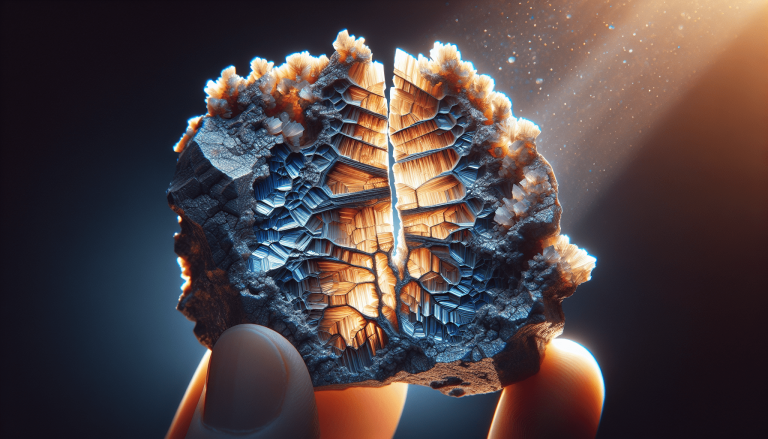Debunking Myths About Mineral Chemical Properties
So you think you know all there is to know about mineral chemical properties? Well, think again. This article aims to debunk some of the most common myths surrounding this fascinating field of study. From the popular misconception that all minerals are hard and shiny, to the belief that minerals can be easily identified by their color alone, prepare to have your mind blown as we explore the truth behind these widely held misconceptions. Get ready to dive into the fascinating world of mineral chemical properties and be prepared to have your preconceived notions shattered.
Myth: All minerals are crystals
Explanation of what a mineral is
When people think of minerals, the image of beautiful, sparkly crystals often comes to mind. However, it is important to understand that not all minerals are crystals. A mineral is a naturally occurring, inorganic solid substance with a specific chemical composition and a regular atomic structure. This means that minerals can exist in a variety of forms, not just as crystals.
Definition of crystal and why not all minerals are crystals
A crystal is a solid material whose atoms are arranged in a highly ordered, repeating pattern extending in all three spatial dimensions. It has a distinct geometric shape and often exhibits symmetrical faces. While many minerals do form crystals, not all minerals have this ordered atomic arrangement. Some minerals, known as amorphous minerals, do not have a well-defined crystalline structure. Instead, their atoms are arranged randomly, resulting in a lack of distinct crystal faces.
Myth: All minerals are solid
Explanation of the different states of matter and how minerals can exist in different forms
While minerals are generally solid substances, it is important to understand that matter can exist in different states – solid, liquid, and gas. In fact, minerals can exist in different states depending on the prevailing conditions of temperature and pressure. For example, water can be a mineral when it exists as ice, which is a solid state of the H2O molecule. However, when the temperature rises and it transitions to the liquid state, it is no longer considered a mineral.
Minerals like sulfur and mercury can exist in a liquid state under certain conditions of temperature and pressure. These liquid minerals can be found in nature, displaying properties that are distinct from their solid counterparts. Therefore, not all minerals are always in a solid state.
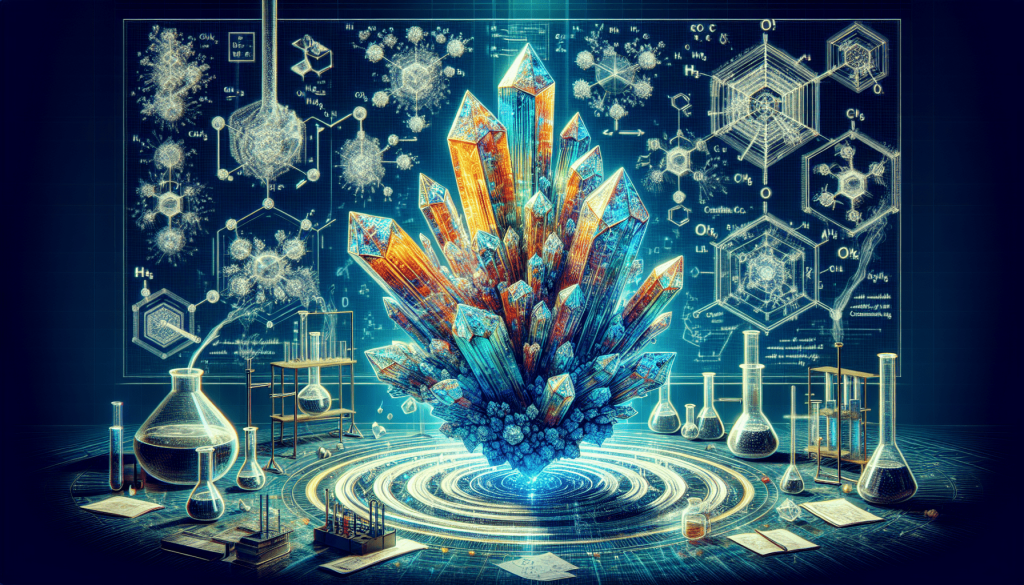
Myth: All minerals are inorganic
Explanation of organic minerals and examples
While most minerals are inorganic, meaning that they are not derived from living organisms, there are exceptions to this rule. Organic minerals are minerals that are formed through biological processes or contain organic compounds. An example of an organic mineral is coal, which is predominantly composed of carbon from ancient plant material that has undergone compaction and heating over millions of years. Another example is shell-derived limestone, which consists of the remains of marine organisms.
These organic minerals illustrate that not all minerals are solely derived from inorganic processes and can have a biological origin.
Myth: All minerals have a fixed chemical composition
Explanation of mineral composition variability
Examples of minerals with varying chemical compositions
While minerals are defined by their specific chemical composition, there can be variations in their composition. Different minerals belonging to the same mineral group can have varying amounts of certain elements or chemical substitutions, resulting in differences in their properties. For example, the mineral tourmaline can vary in its composition, containing elements such as aluminum, iron, magnesium, or sodium based on the specific conditions under which it forms.
Similarly, the mineral feldspar can exist in different compositions, such as potassium feldspar, sodium feldspar, or calcium feldspar. These variations in composition can result in minerals with different colors, hardness, and other physical properties. Thus, it is important to acknowledge that minerals can have a range of compositions even within the same mineral species.
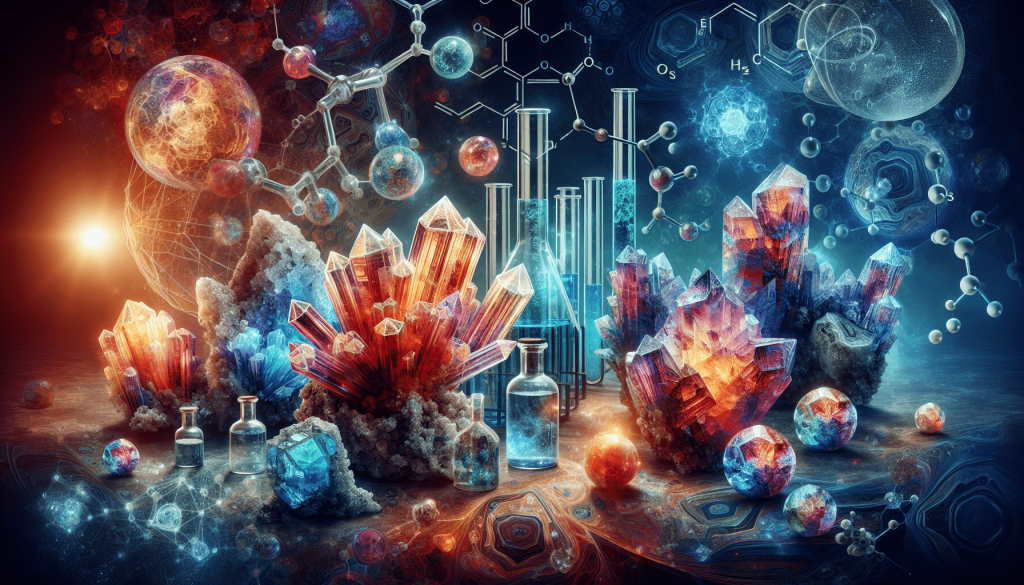
Myth: All minerals have the same physical properties
Explanation of different physical properties of minerals
Examples of minerals with contrasting physical properties
While minerals share certain characteristics such as a crystalline structure and a specific chemical composition, they can vary significantly in their physical properties. Physical properties of minerals include color, hardness, luster, cleavage, and specific gravity, among others.
For instance, consider the minerals diamond and graphite. Both are composed of pure carbon, yet they exhibit stark contrasts in their physical properties. Diamond is the hardest known natural substance with a brilliant luster, while graphite is soft and has a dull luster. These differences in physical properties arise from variations in the arrangement of carbon atoms within the crystal structure.
Thus, it is evident that different minerals can possess contrasting physical properties, making each mineral unique in its own right.
Myth: All minerals are formed through geological processes
Explanation of different mineral formation processes
Examples of minerals formed through non-geological processes
While many minerals are indeed formed through geological processes within the Earth’s crust, there are exceptions to this rule. Minerals can also form through processes that occur outside of traditional geological realms.
One example is the formation of minerals through biological processes. For instance, calcium carbonate minerals, such as calcite and aragonite, are commonly formed by marine organisms like corals and shells. These minerals are produced through the precipitation of dissolved ions in water by the organisms. Additionally, minerals can also form through chemical processes in laboratory conditions, such as techniques used in materials science or mineral synthesis.
These examples highlight that mineral formation can extend beyond geological processes, encompassing biological and artificial processes as well.
Myth: Minerals are only found on Earth
Explanation of extraterrestrial minerals
Examples of minerals found on other celestial bodies
While the majority of known minerals are found on Earth, minerals also exist beyond our planet. Extraterrestrial minerals have been discovered on other celestial bodies like the Moon, Mars, and meteorites.
For instance, lunar samples collected by astronauts during the Apollo missions have revealed the presence of unique minerals such as armalcolite and pyroxferroite. On Mars, the Mars rovers have detected minerals like hematite and olivine, providing insights into the geological history of the planet. Meteorites from outer space have also been found to contain minerals not commonly found on Earth, including stony-iron meteorites that contain a mixture of metal and silicate minerals.
These extraterrestrial minerals showcase the diverse nature of mineral formations in the universe, expanding our understanding of the mineral kingdom.
Myth: Minerals are only used for decorative purposes
Explanation of the various uses of minerals in industries
Examples of practical applications of minerals
While minerals are indeed valued for their aesthetic beauty and are commonly used in jewelry, their importance extends far beyond decorative purposes. Minerals have numerous practical applications in various industries.
For example, minerals like quartz and feldspar are key components in the production of glass and ceramics. Copper and aluminum minerals are essential for electrical wiring and construction materials, while iron ores are the primary source of iron for the steel industry. Precious minerals like gold and silver have not only been historically used as currency but also find application in electronics and medical devices. Additionally, minerals like halite (common salt) and gypsum are crucial for food preservation and construction materials, respectively.
These examples highlight the vital role that minerals play in modern society, extending far beyond their ornamental value.
Myth: All minerals are stable and unchanging
Explanation of minerals undergoing phase changes or alterations over time
Examples of minerals affected by environmental factors
While minerals may appear to be stable and unchanging, they can undergo phase changes or alterations over time. Environmental factors, such as temperature, pressure, and chemical interaction, can influence the stability and behavior of minerals.
For instance, the mineral calcite, which is commonly found in limestone, can undergo dissolution when it comes into contact with acidic water over extended periods. This dissolution process can result in the formation of caves and intricate rock formations. Similarly, minerals like halite (salt) can undergo phase changes when exposed to different temperature and pressure conditions, converting from a solid to a liquid state.
Thus, minerals are not entirely static and can be subject to transformations, displaying fascinating reactions to environmental influences.
Myth: All minerals are rare and valuable
Explanation of common and abundant minerals
Examples of inexpensive minerals
While certain minerals like diamonds and emeralds are known for their rarity and high value, not all minerals fall into this category. In fact, there are numerous common and abundant minerals that are widely available and inexpensive.
For instance, minerals like quartz, feldspar, and mica are abundant in Earth’s crust and have extensive industrial applications. These minerals are easily accessible and relatively inexpensive due to their widespread availability. Other common minerals include calcite, gypsum, and hematite, which are used in various industries and can be found in large quantities.
These abundant minerals serve as a reminder that not all minerals are rare and valuable, but rather a diverse range of materials with different availability and costs.

